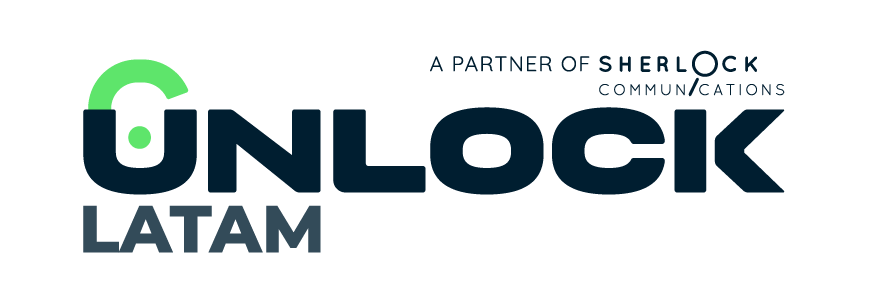Cold calling vs warm calling: understanding the value of each one
In complex times, with increasingly challenging markets, the toolbox we must manage to take our business to a new level must be increasingly larger and more diverse. The answers and solutions must be complex. There is no technique that, by itself, solves everything or works for all customer profiles.
That is why the ideal is to approach the approaches differently: it is not about thinking in terms of cold calls versus warm calls but, on the contrary, to understand better how they differ and which one works for each situation and moment in the buyer’s journey.
What’s the difference between Warm Calling Vs Cold Calling?
“Cold calling” and “warm calling” are two terms used in sales and marketing to refer to the potential customer’s state of readiness or interest when receiving a call.
In quick summary, cold calling is when a sales rep calls a prospect who hasn’t shown any interest in becoming a customer and might not be aware of your brand. On the other side, warm calling is when a rep calls a prospect who has expressed interest in your product or service.
The main difference lies in the level of preparation and openness of the prospect when receiving the call, something that requires different approaches. Cold calling requires more persuasion skills and may take more effort to generate interest, while warm calling is generally easier to convert into sales because the prospect has already shown some level of interest in the product or service.
What is a cold call?
Cold calling refers to contacting potential customers who have no prior knowledge about your product or service. These are contacts who have not previously shown interest in what you offer and, therefore, may be more difficult to convert into customers.
In these calls, the salesperson is initiating contact without a prior relationship with the prospect.
While cold calling can be difficult, there are several ways you can develop your techniques and increase your chances of converting cold leads to warm leads. Additionally, cold calling can be an effective strategy when paired with other marketing methods that help acquire new customers.
For instance, when paired with an email marketing strategy, you might acquire lead email addresses or some other information that permits you to walk to the next level, for a more targeted and tailored approach
What is a warm call?
On the other hand, warm calling -also known as lead nurturing- involves contacting potential customers who have already shown some level of interest or prior commitment to your product or service. These prospects may have inquired, requested additional information, or expressed interest in some way.
That’s why warm calls tend to be more effective in terms of time and effort, as prospects are more receptive to the message and have an initial level of interest. You can establish a stronger and longer-lasting relationship, increasing sales efficiency and customer loyalty.
In warm calls, prospects are more open to hearing and talking about their needs and problems, which can shorten the sales cycle and increase the conversion rate.
Unlike cold calling, warm calling generates outbound leads and requires access to contact data. You focus on qualified prospects, who have been through previous stages of the sales funnel, and you can tailor the sales message more effectively to address their specific concerns, increasing the relevance and personalization of the call.
What’s hot calling?
The third option is hot calling. It is when a rep calls a sales lead that’s highly interested in what you’re selling. The call is hot because the prospect is expecting a call from you.
An example of a hot call would be when you meet a prospect at an event, and they ask you to give them a call to set up an appointment. Or, when a prospect has engaged with your inbound marketing by heading to your website and filling in a form. Upselling and cross-selling include these types of calls.
Do cold calling and warm calling work for B2B?
B2B sales cold calling helps generate leads and is a good practice for improving business. It can also be highly beneficial for B2B businesses where one sales rep doesn’t know another from a potential client’s organization.
What is the success rate of B2B cold calling? The average cold calling success rate is 2%. Depending on the cold calling script you use, you can increase your B2B cold calling success rates up to 10%.
And what about warm calling? B2B companies that conduct regular warm calling benefit by generating more leads and ensuring those leads are fully qualified before passing them to sales reps for follow-up or setting appointments.
Towards a more personalized approach (without losing scale)
The key difference between cold calling, warm calling, and hot calling lies in the level of familiarity the prospect has with a company.
Cold calling involves reaching out to completely new leads, while warm calling builds on a pre-existing connection or engagement, and hot calling targets leads who have recently expressed a high level of attention.
Nowadays, sales professionals use a variety of approaches to expand their customer base and share the benefits of their products or services with potential customers. Knowing how and when to make these types of calls may help generate more sales for a company and take solid steps toward what Aaron Ross calls predictable revenue.
Mastering Outbound Sales: Strategies for Predictable Revenue Growth
Mastering Outbound Sales: Strategies for Predictable Revenue Growth Nobody said it better than Aaron Ross, author of Predictable Revenue: “You want growth that doesn’t require guessing, hope, and frantic last-minute...
The Role of Sales Development Representatives (SDRs) in Predictable Revenue
The Role of Sales Development Representatives (SDRs) in Predictable Revenue Sales Development Representatives (SDRs) play a crucial role in the implementation of the "Predictable Revenue" framework, initially conceptualized by Aaron...
B2B prospecting: finding high-quality leads
B2B prospecting: finding high-quality leads Although there are very common concepts among those of us who work in different areas of marketing, more than once we take for granted that...



